Hennessey’s supercharged C8, Ford has too many engineers, Mercedes-Benz’s new eSprinter
Hennessey’s new supercharger kit boosts C8 Corvette to 708 hp
Intake: Texas tuner John Hennessey has released a supercharger package that boosts the Chevrolet Corvette C8 to levels that, he says, surpass the 2023 Chevrolet Corvette Z06. The C8 Corvette Stingray coupe is shipped with an LT2 6.2-liter V-8 engine that, in stock form, delivers 490 hp and 465 lb-ft of torque. To “unleash the untapped potential of the American small-block V-8,” Hennessey’s team fits a high-flow centrifugal supercharger, an air induction system with an air-to-water intercooler, and an optional enhanced cat-back exhaust. Completed with updated high-performance engine software, the “H700” pumps out 708 hp and 638 lb-ft—a 44 percent increase in horsepower and a 37 percent increase in torque over the factory rating. In terms of power output, Hennessey says the supercharged H700 Corvette C8 Stingray even outshines Chevrolet’s flagship C8 Z06, whose naturally-aspirated, 5.5-liter LT6 flat-plane crank V-8 engine produces 670 hp and 460 lb-ft of torque.
Exhaust: The complete Hennessey Supercharged H700 Corvette C8 Stingray upgrade package includes the supercharger, intercooler, engine tune, lightweight wheels, cat-back exhaust, and graphics priced at $49,950. Plus, of course, the car. A power-only package, with just the supercharger upgrade package and warranty, is offered for $34,950. Considering the price of a base C8 Corvette now rests at around $65,000, you’re looking at an all-in price of around $100,000. A base Z06 costs $106,395; which would you prefer? — Steven Cole Smith
Nissan targets 2028 for EV with solid-state batteries
Intake: Nissan wants to produce electric vehicles with solid-state batteries by 2028, according to a new report from Autocar. The company is working on a pilot plant to produce the batteries by 2025 and intends to ramp up production by 2028 for the first application. Solid-state batteries will offer far superior energy density and much faster charging times, which should result in dramatically increased range and even less time spent charging while on the go. ‘We think we have something quite special and are in a group leading the [solid-state battery] technology,” said David Moss, Nissan’s senior vice-president of research and development in Europe while talking with Autocar.
Exhaust: Remember that bold convertible Nissan showed off a few days ago? Perhaps we’ll get one of those with a solid-state battery that promises 400-plus miles of range one day. The small electric pickup that Nissan is reportedly considering would also be a great candidate for the new battery tech. Nissan may be in a great position, but they’re not the only brand working on solid-state battery tech, as Car and Driver noted. Ford, BMW, Toyota, and a few others are also exploring what is widely considered to be the next big leap in battery technology—and those automakers might have it even earlier. — Nathan Petroelje
Ford has an engineering problem that’s crushing profitability, says CEO
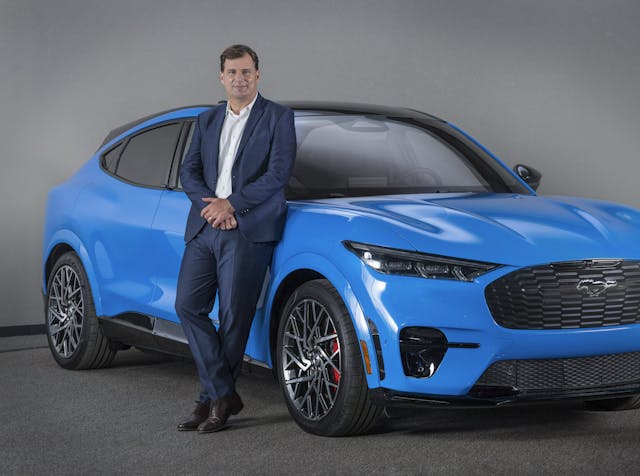
Intake: Ford missed out on roughly $2 billion in profits last year, and CEO Jim Farley has been candid about the reasoning behind that. According to a report from Automotive News, Farley said that Ford currently has a glut of engineers relative to its competitors. “It takes us roughly 25 percent more engineers to do the same work statements as our competitors,” Farley said on Cars & Culture with Jason Stein, a Sirius XM radio show. The surplus personnel isn’t the only reason for missed profits, however; other avoidable expenses and supply chain issues also contributed to the scant bottom line. Farley has pledged to cut $2.5 billion in costs this year and said that job cuts are on the table, but he also told industry analysts that all options are on the table to help scrub costs out of the company, according to the Detroit Free Press.
Exhaust: Ford led the industry in total number of vehicles recalled in 2022, its second straight year atop a list that no automaker wants to rank high on. That Ford is apparently using 25 percent more engineers to make product decisions that still result in this many recalls is all the more troubling. Expect Ford to figure it out, but don’t expect it to be a swift or easy course correction. — Nathan Petroelje
Moto Morini gears up for U.S. return

Intake: Moto Morini, the storied Italian motorcycle maker, is in the process of recruiting dealers who would be ready to re-introduce the brand to America. Founded by Alfonso Morini back in 1937, the company first made its name with 125cc two- and four-stroke bikes, and by kick-starting the career of racing legend Giacomo Agostini. In the 1970s the company upsized with a range of V-Twins, and the 350cc 3 1/2 gained a strong following. A decade later the business was in decline, however, and sold to Italian rival Cagiva. From there on it passed through several owners, and an early-2000s revival failed to take hold. Owned by China’s Zhongneng Vehicle Group since 2018, Moto Morini now offers two bikes: the classic naked Seiemmezzo (6 1/2) which comes in street and scrambler style, and the X-Cape adventurer. Both are powered by 61-hp, 650cc parallel twins and could be back on U.S. roads before the end of 2023.
Exhaust: “Moto Morini is ready to make an immediate and lasting impact in the American two-wheel market,” says the firm. Three decades after the name last appeared atop a dealership door in the U.S.A., it will be a big ask to get riders to consider Moto Morini as a serious Ducati alternative, but at least they seem to finally have the backing that will be required. — Nik Berg
New Mercedes-Benz eSprinter hints at electric vanlife of tomorrow
Intake: Mercedes-Benz has unveiled the new eSprinter, the first all-electric van that it will build for as many as 60 markets globally in the coming years. It’s the first electric Sprinter to reach American shores as well; Merc says it will arrive in the U.S. and Canada in the second half of 2023. Initially, it will be offered only in its largest configuration: a long wheelbase, high-roof cargo van that will fit the largest version of the Lithium/Iron Phosphate (LFP) battery on offer, a 113-kWh setup. Mercedes says that on a simulated WLTP test cycle, this configuration achieved a range of 248.5 miles and that on a simulated version of the WLTP city test program, it achieved 311 miles. You’ll be able to choose from two electric motors, the first good for 100 kW (134 hp) of peak output, the second good for 150 kW (201 hp) of peak power. Peak torque on both motors will be 295 lb-ft. The battery will be able to go from 10 percent to 80 percent full in just 42 minutes on a 115-kW DC fast charger, but you can also charge it using AC current at your home at a rate of up to 9.6 kW per hour. The new eSprinter will be produced in three locations: Charleston, South Carolina, Düsseldorf, Germany, and Ludwigsfelde, Germany.
Exhaust: While we’re just seeing the cargo van version right now, that impressive 488 cubic feet of space can easily be put to use by the enterprising folks that like to convert these boxes into rolling homes on wheels. Expect the all-electric vanlifers to be here before you know it. — Nathan Petroelje
Vinfast throttles back on U.S. plans
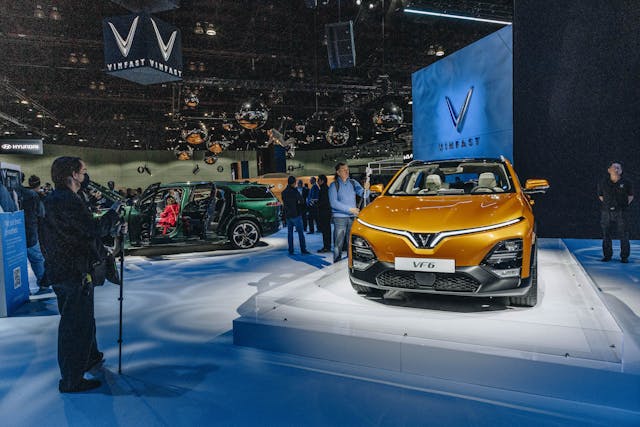
Intake: Vinfast, the Vietnamese auto manufacturer of electric SUVs that had big plans for the American market, appears to have dialed back. The company has cut 80 jobs in North America, including that of the chief financial officer, reports Bloomberg via Automotive News. Vinfast said the restructuring was aimed at “better serving customers in the region,” and that it has been working with local service providers to improve efficiency. “This also leads to the streamlining of our North American operations and there are certain departments affected by this,” the EV maker said in an email.
Exhaust: Maybe, but canning your CFO while you are planning an American IPO for the company, if indeed Vinfast still is, isn’t a confidence-inspiring move. They had planned to have nearly 1,000 Vinfast vehicles in the hands of consumers last November, but it has been delayed until late this month. – SCS

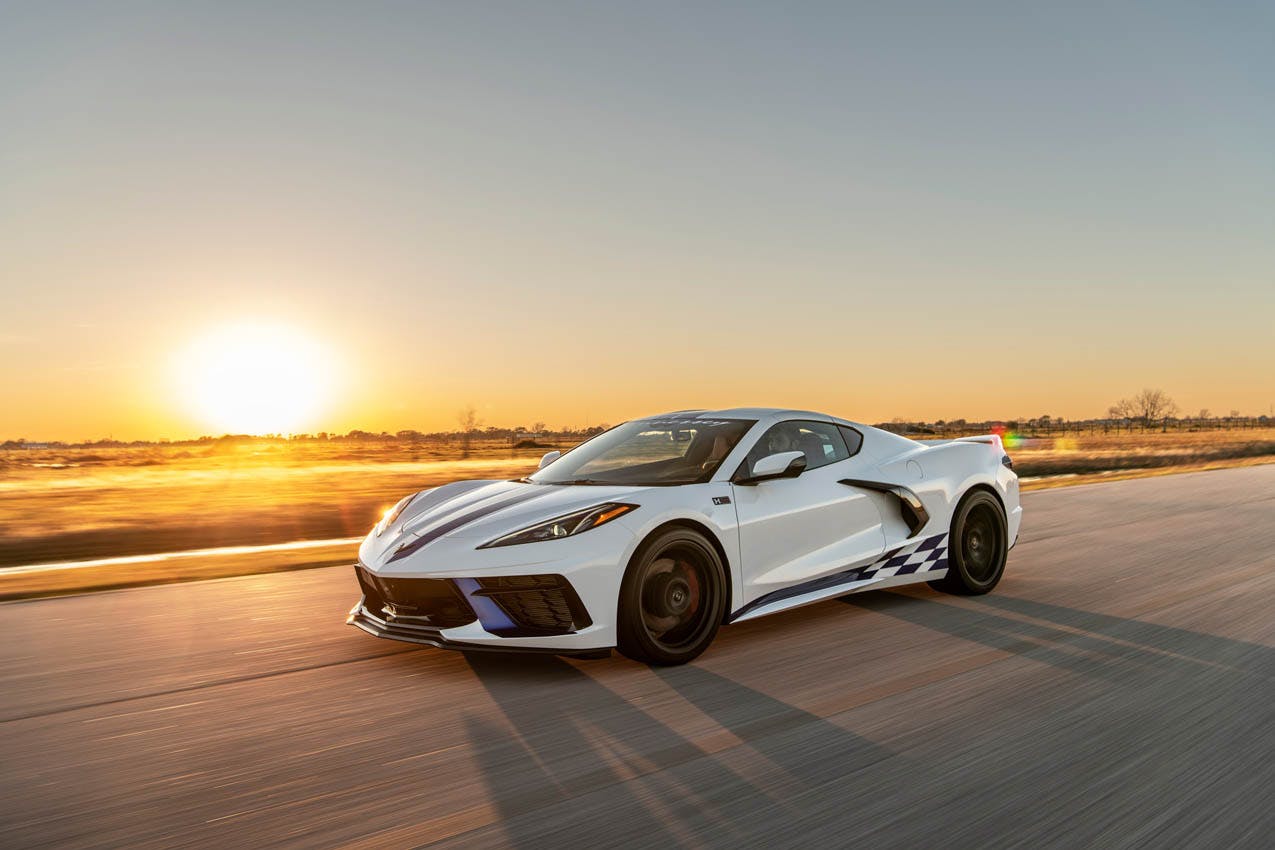
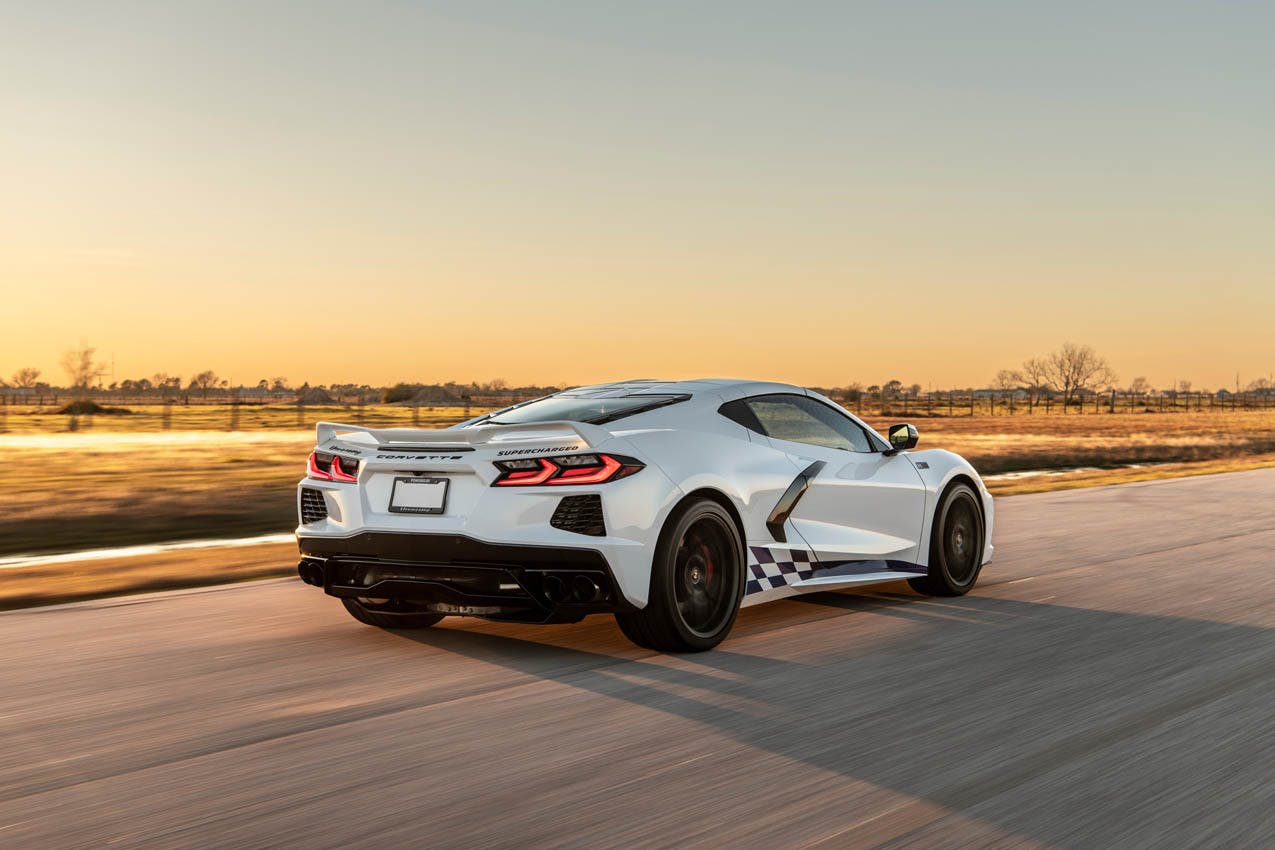
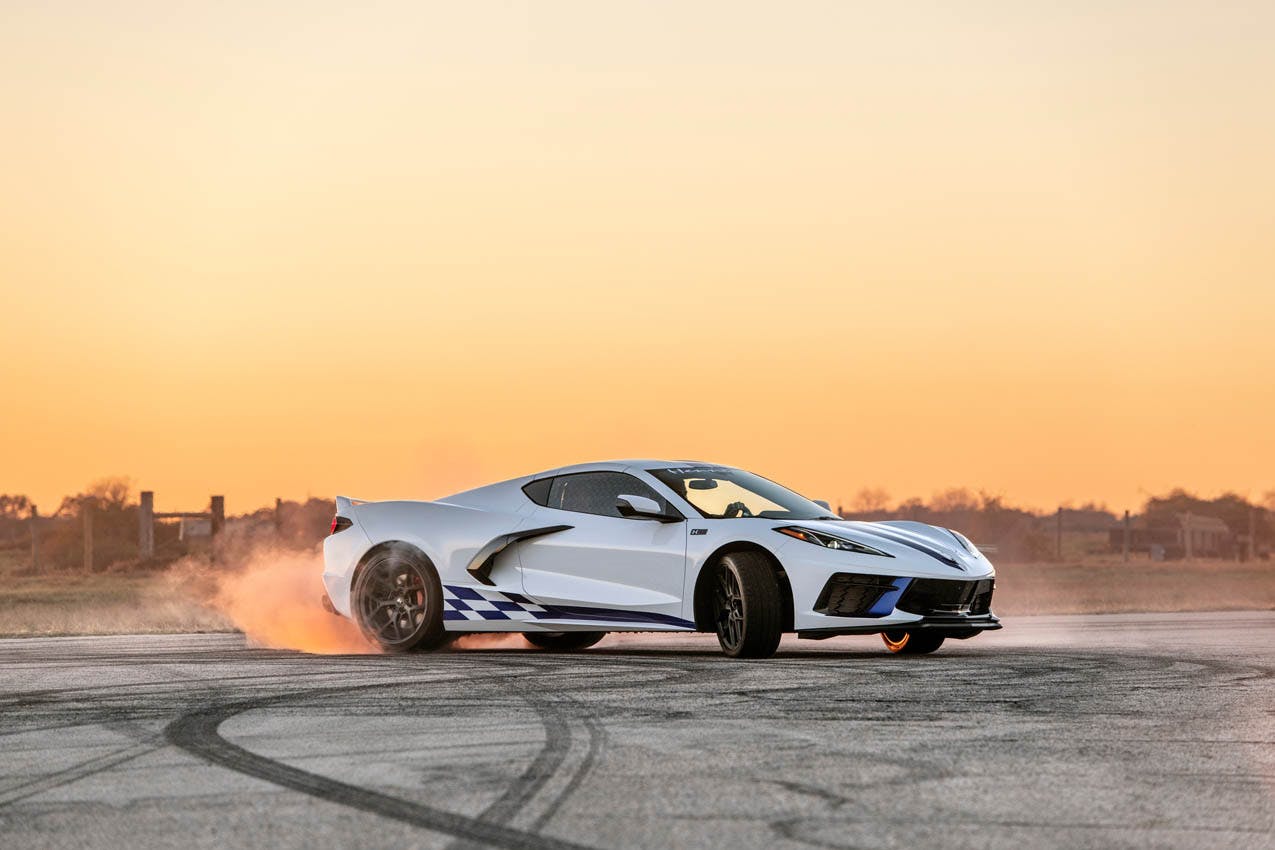
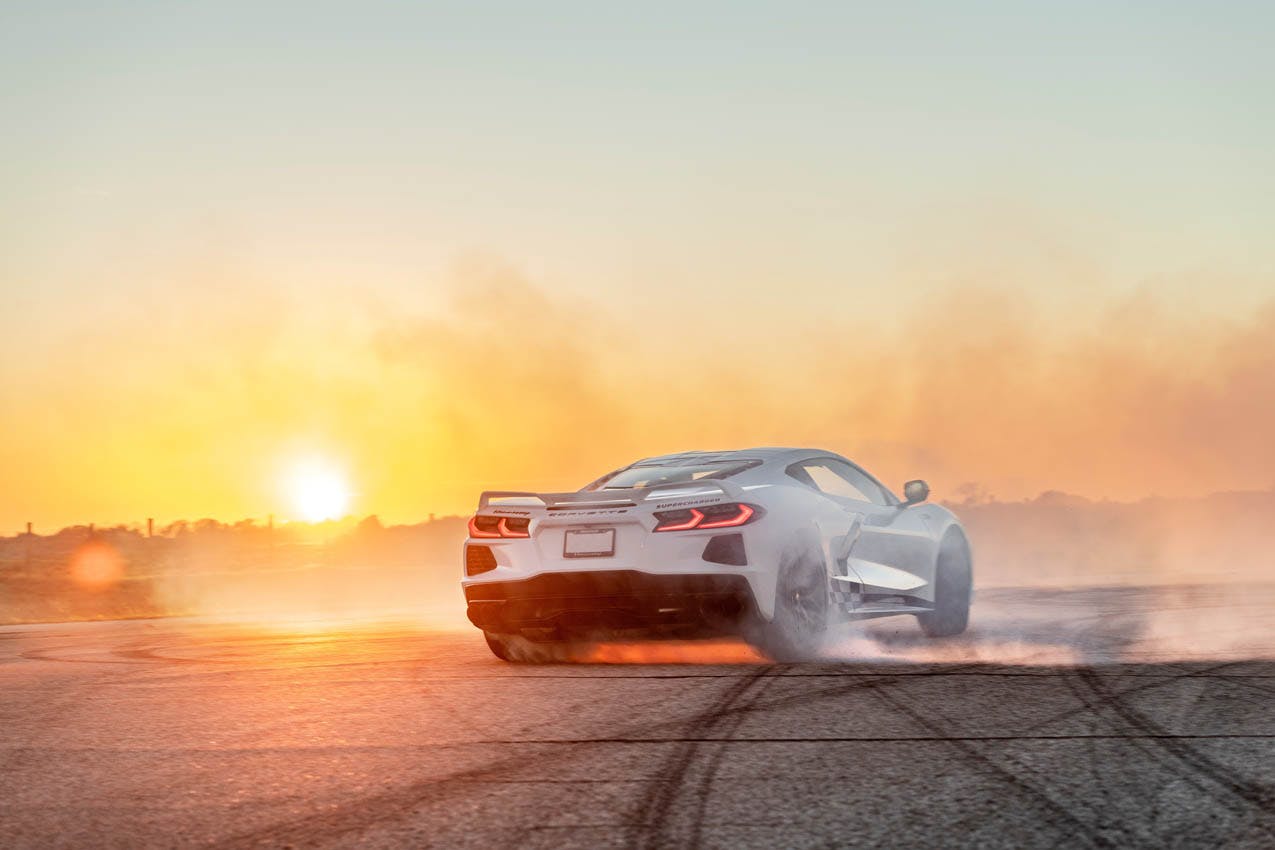
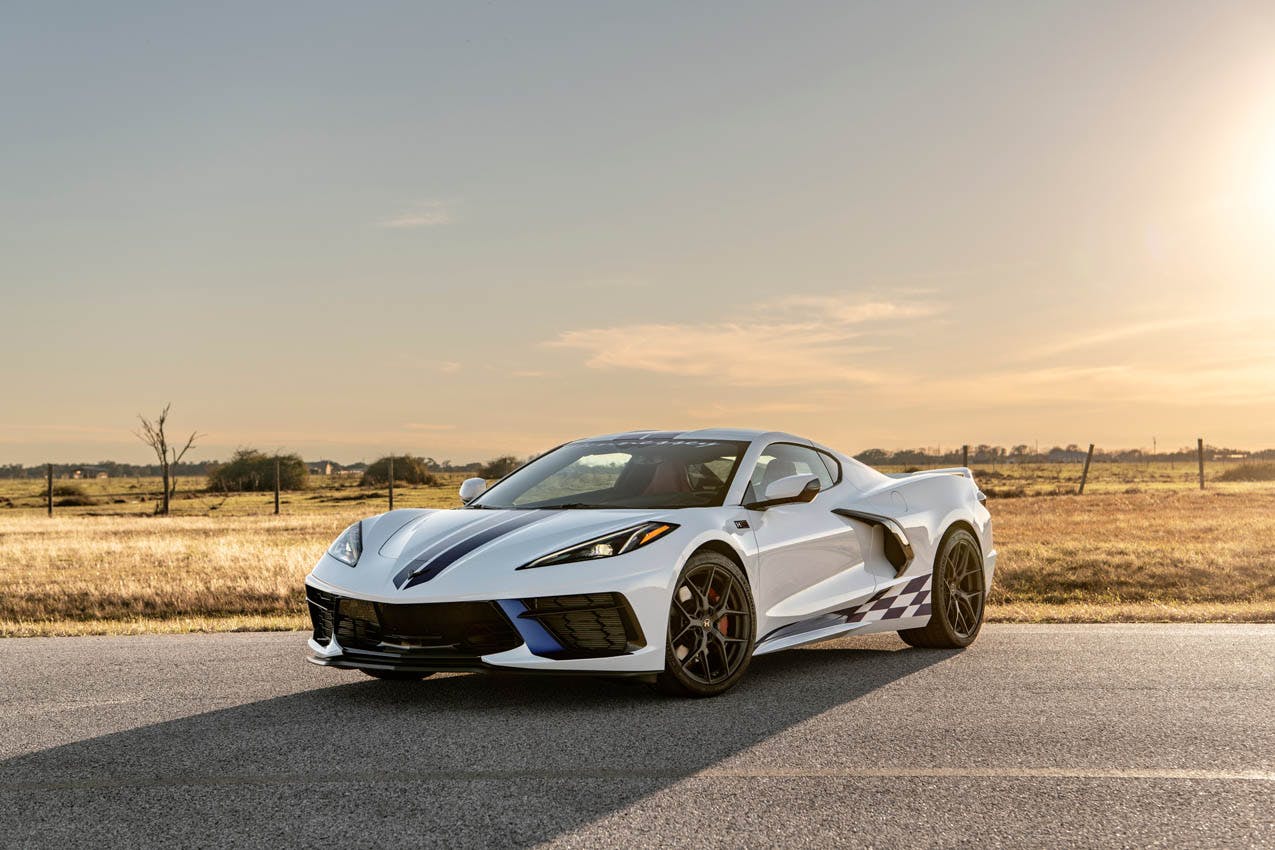

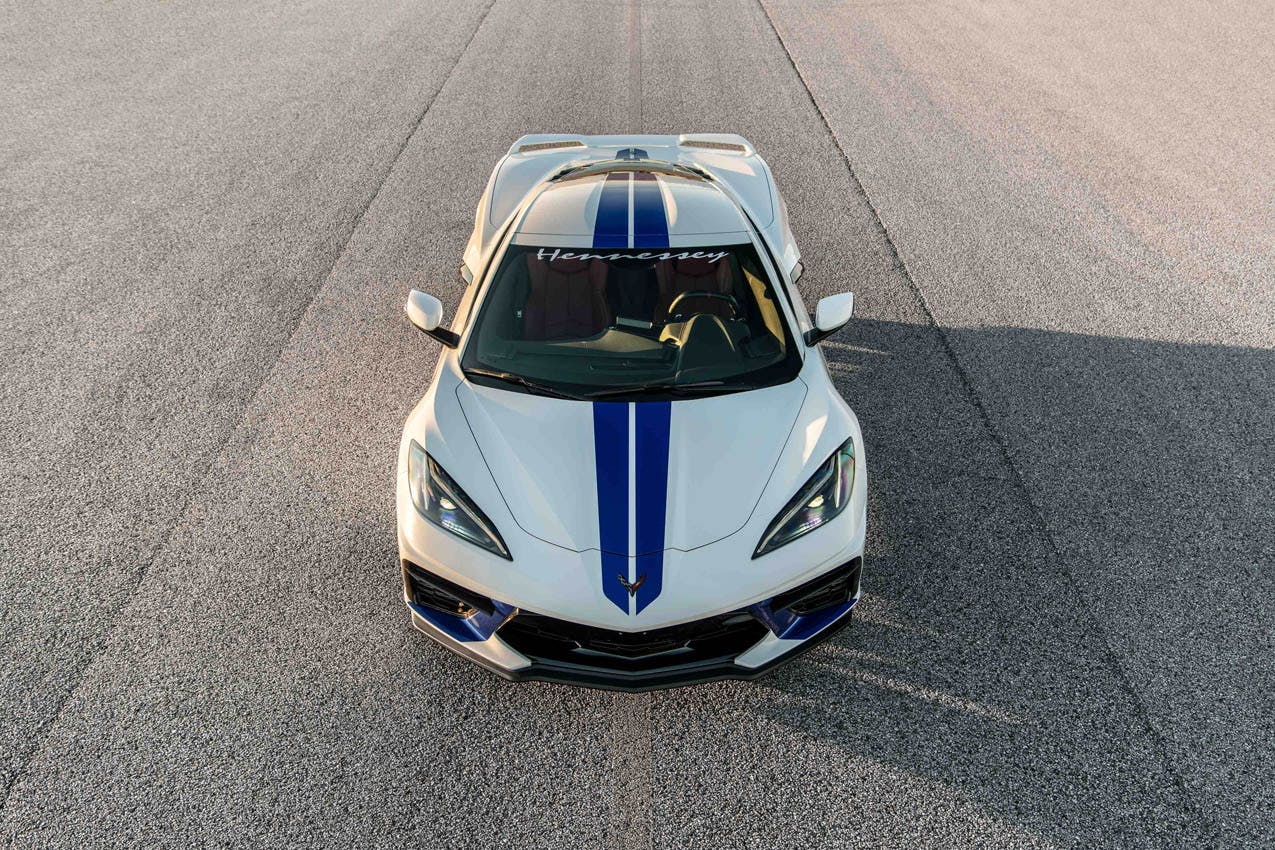
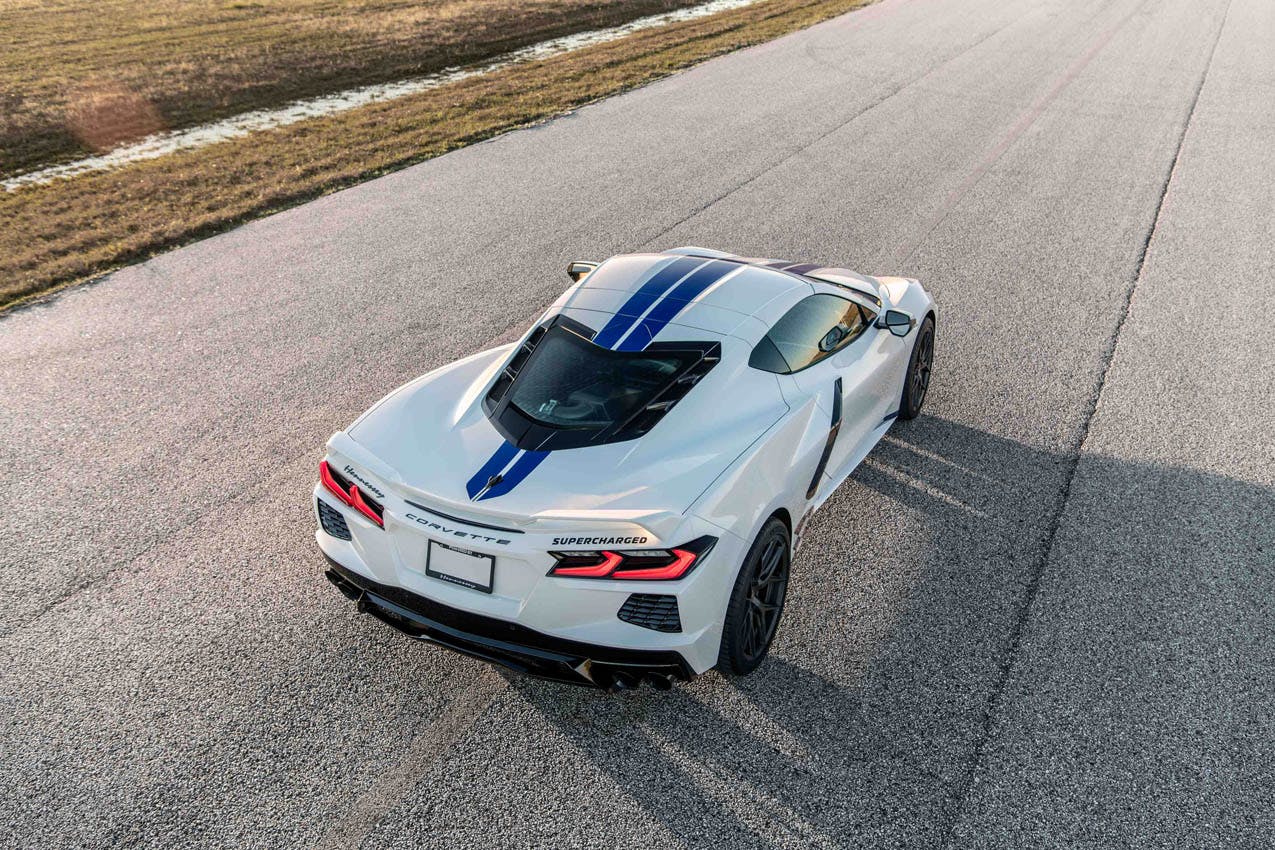
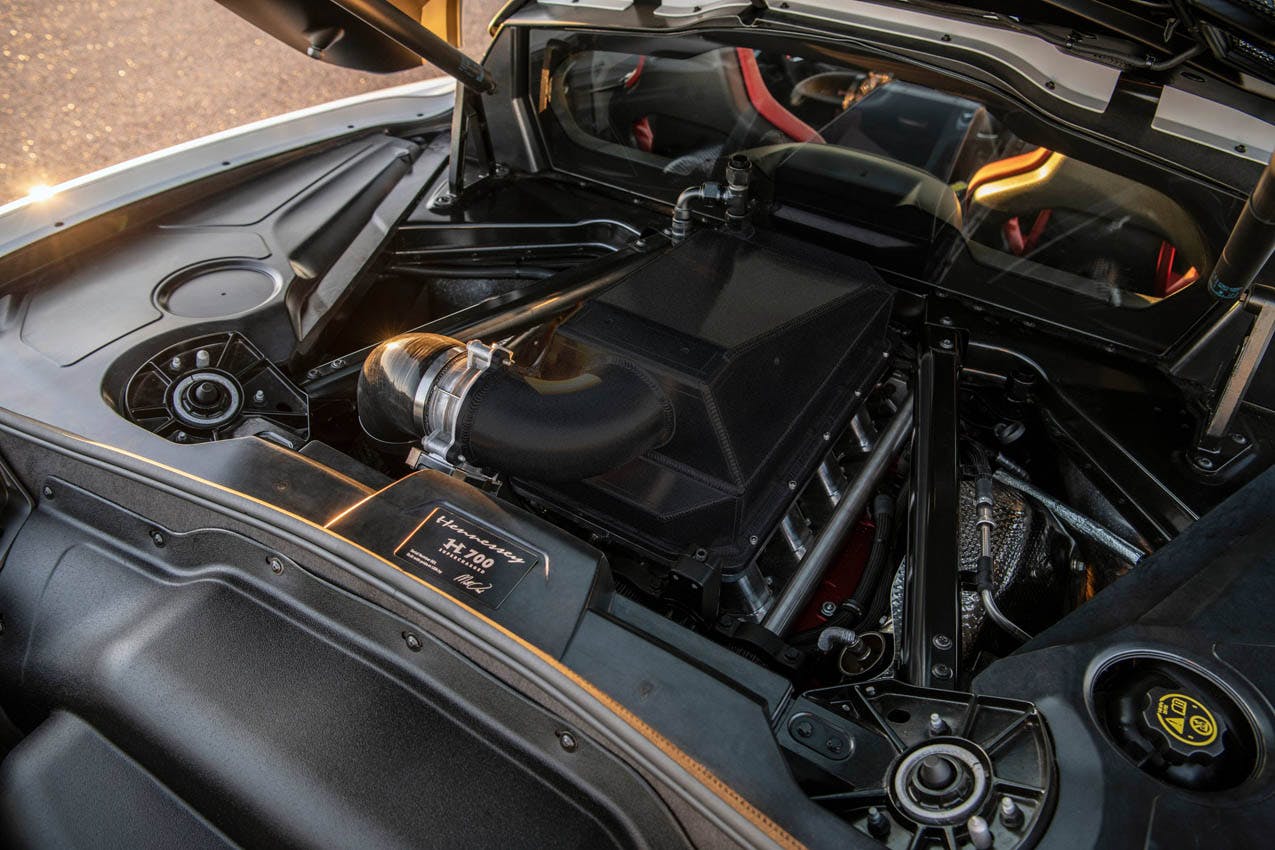
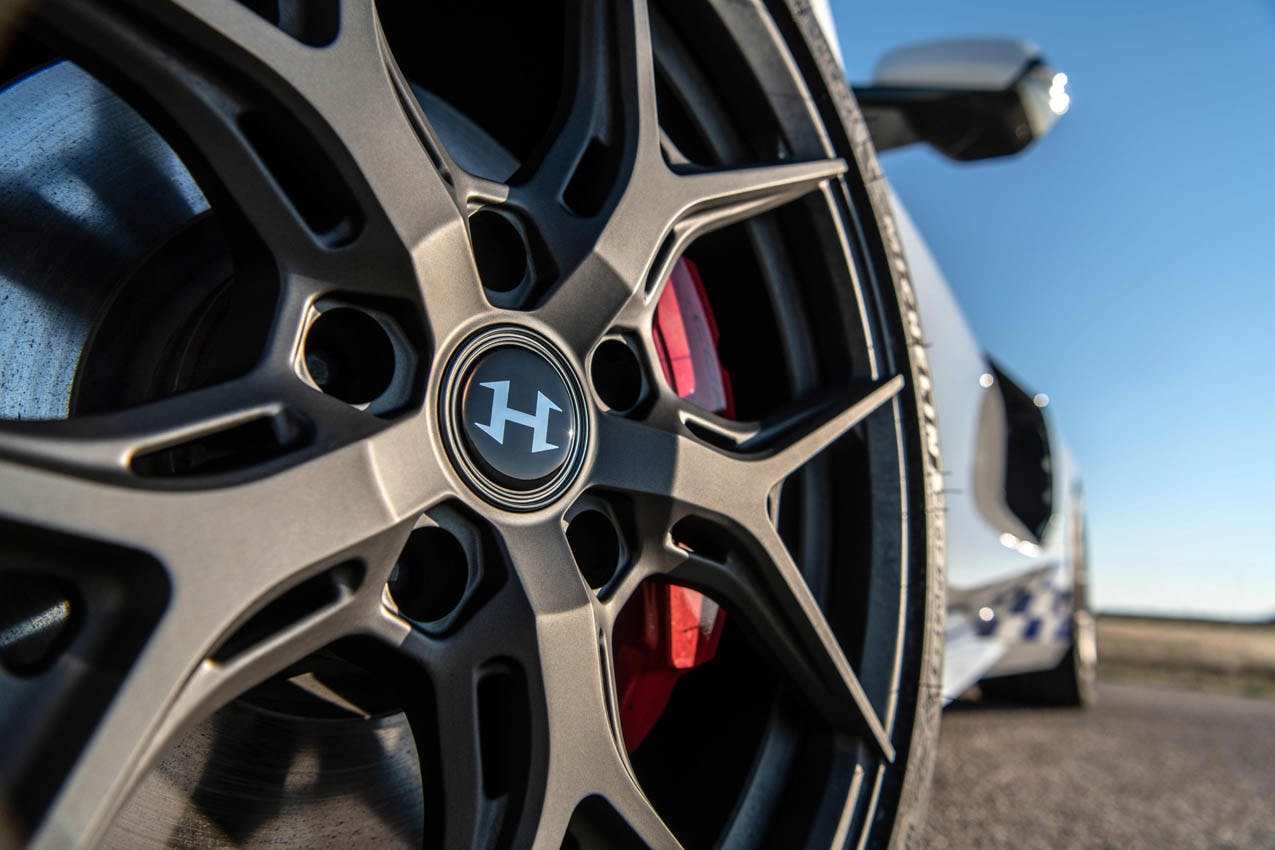



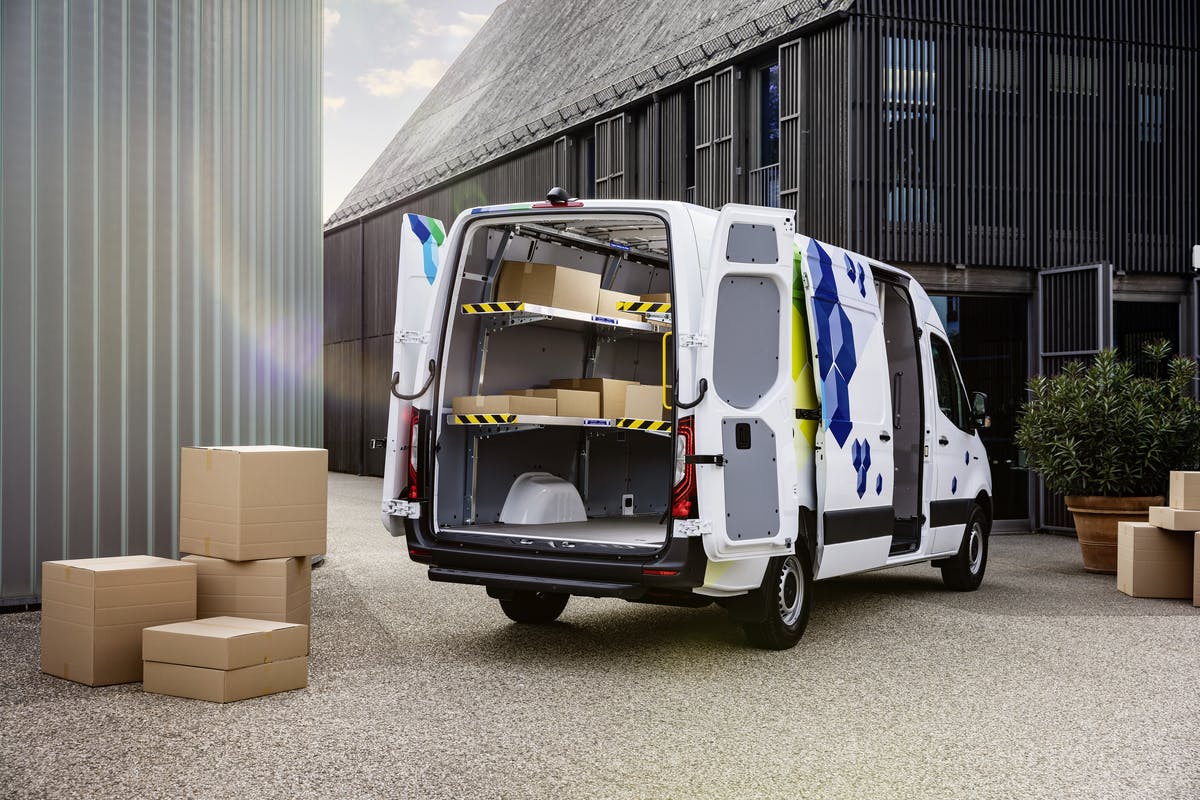

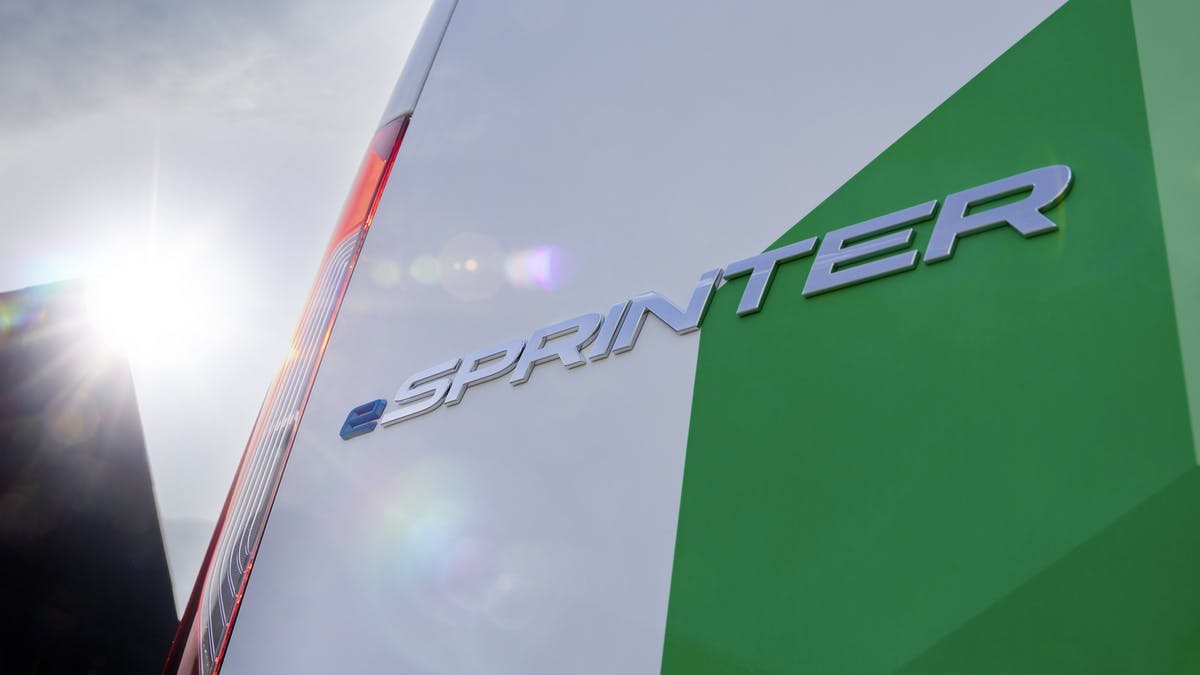
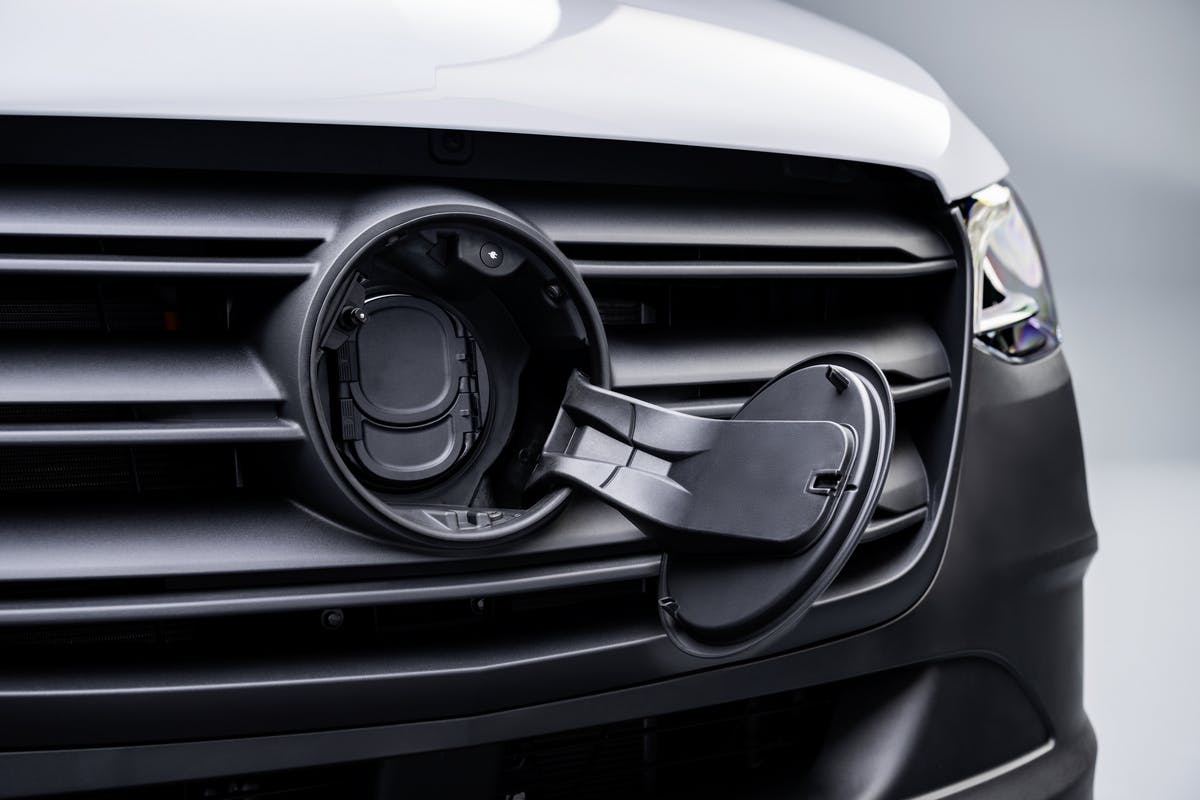
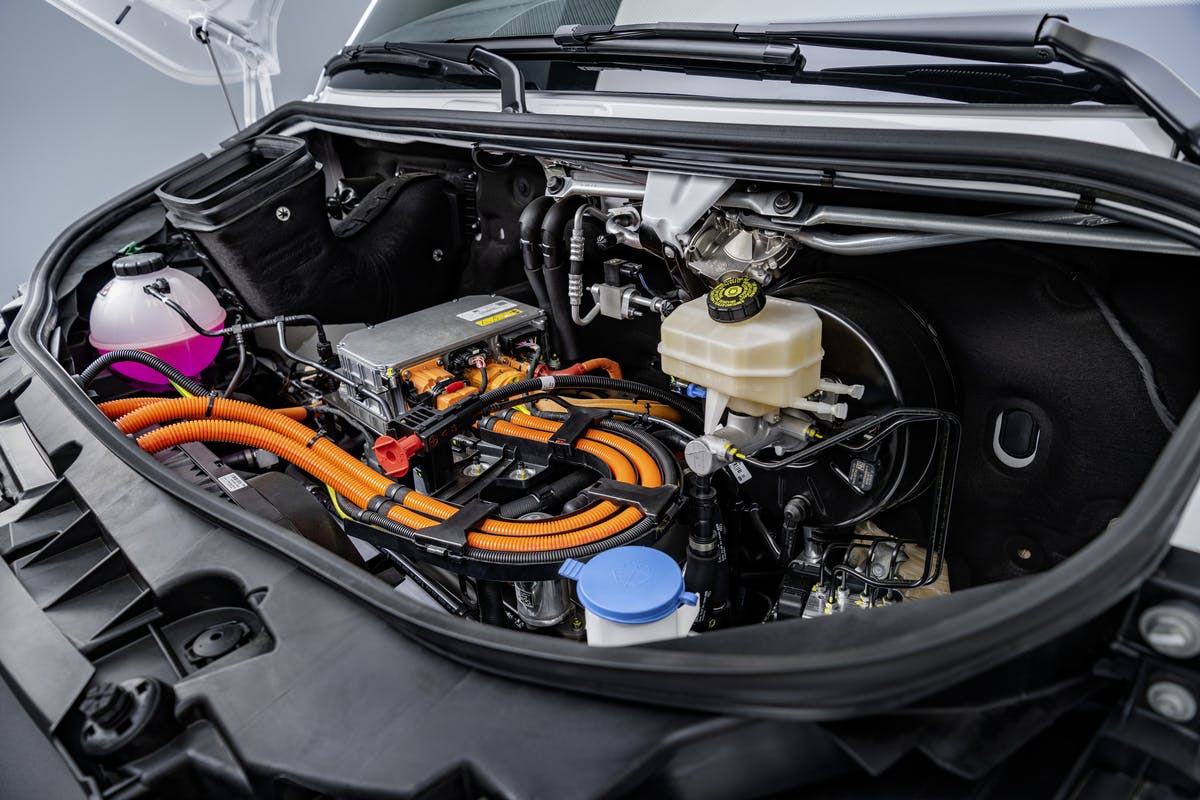
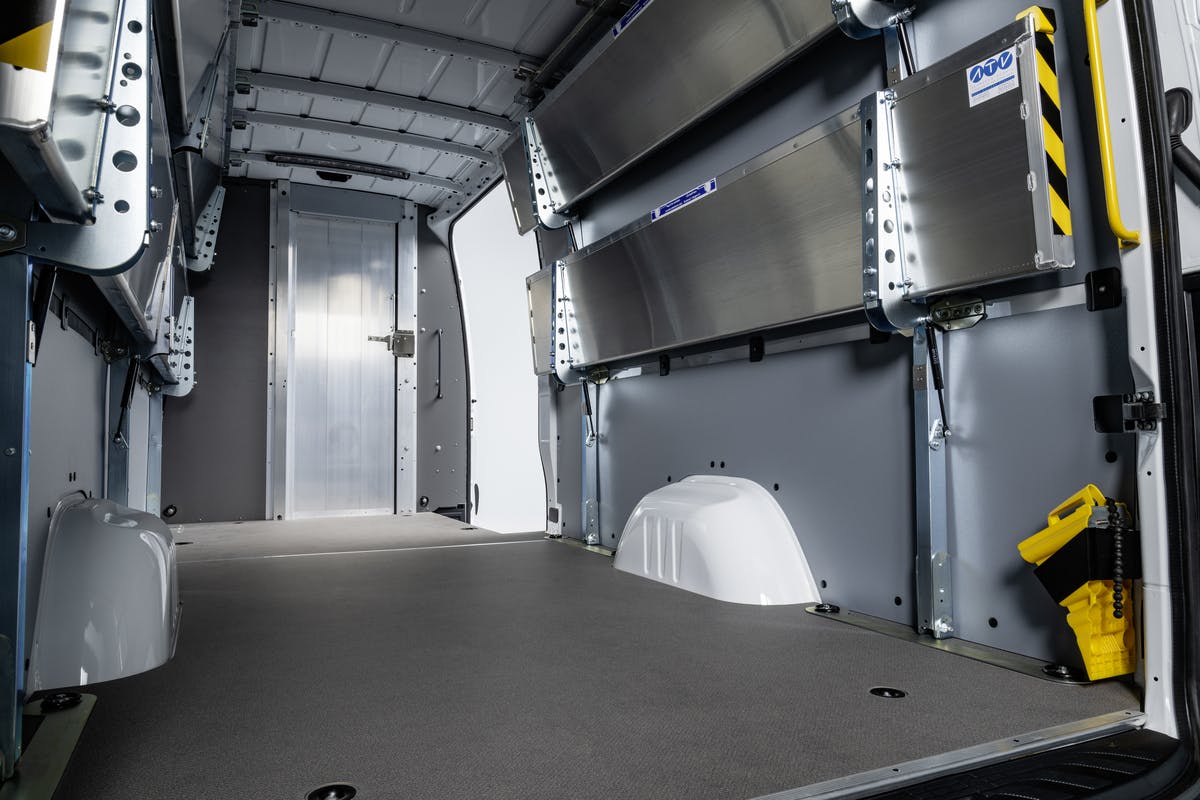
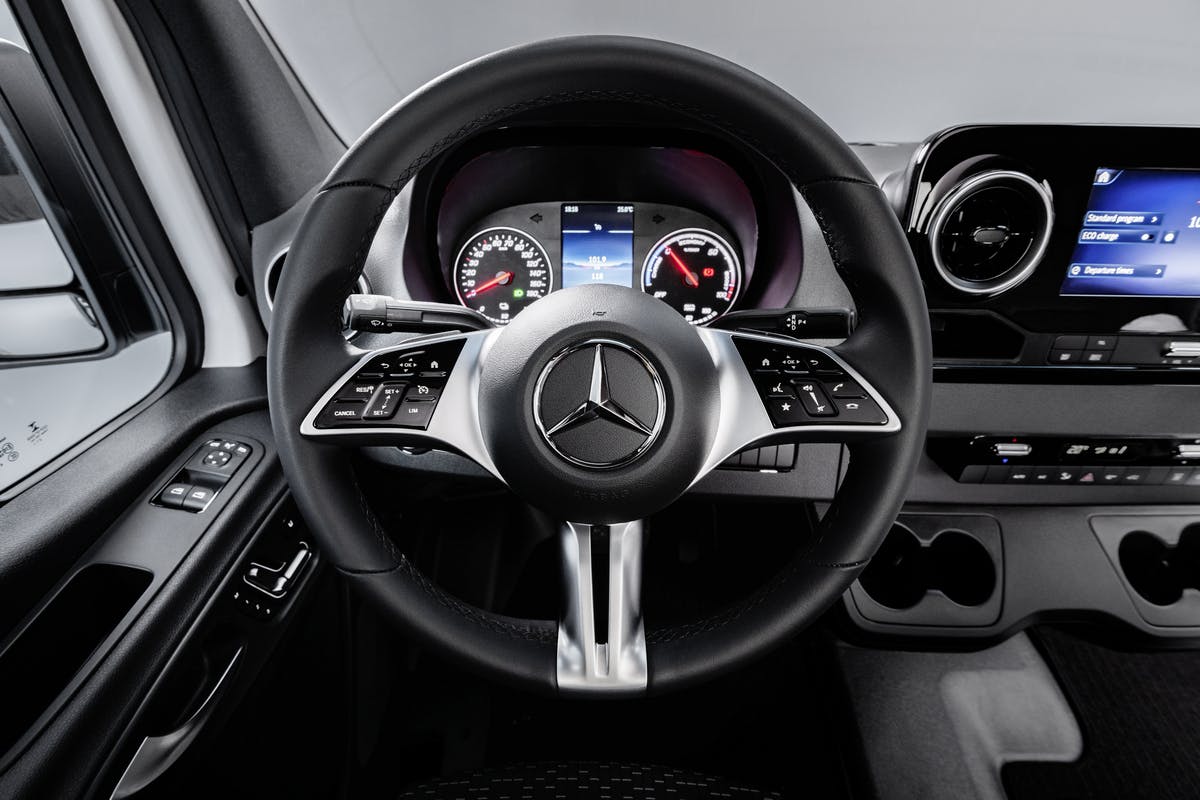
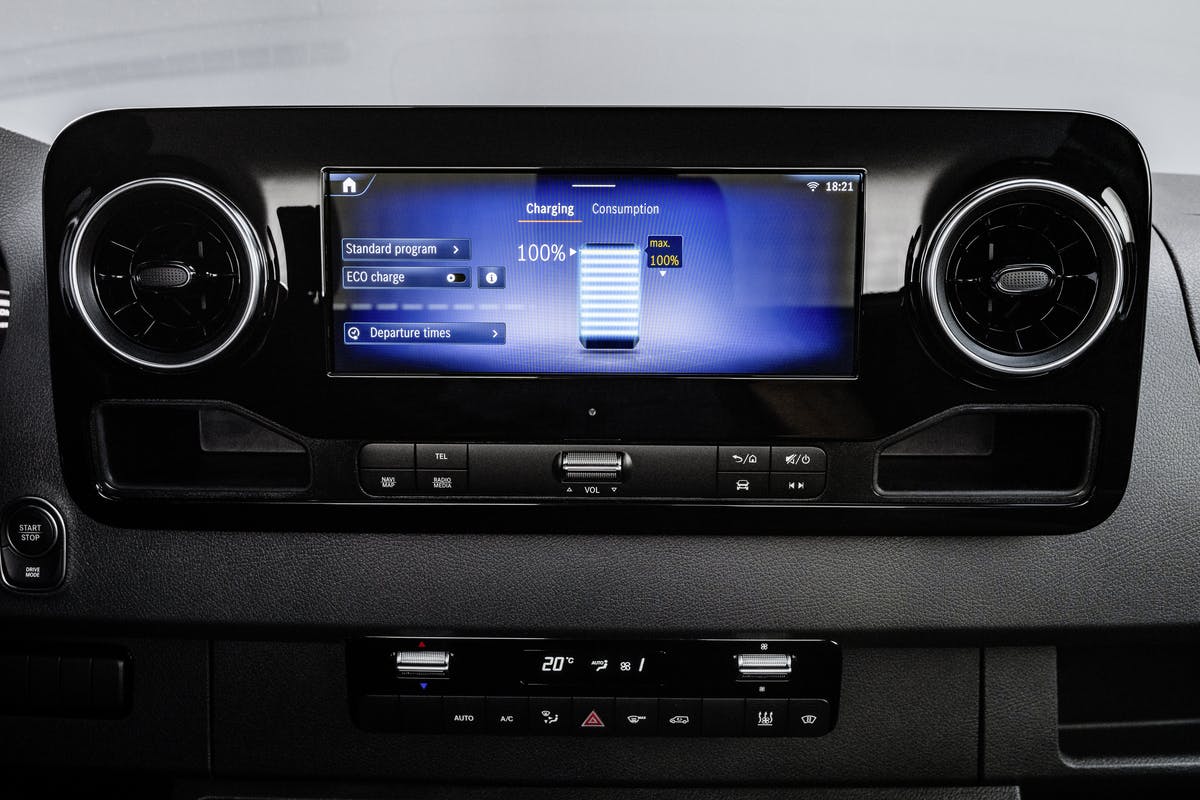
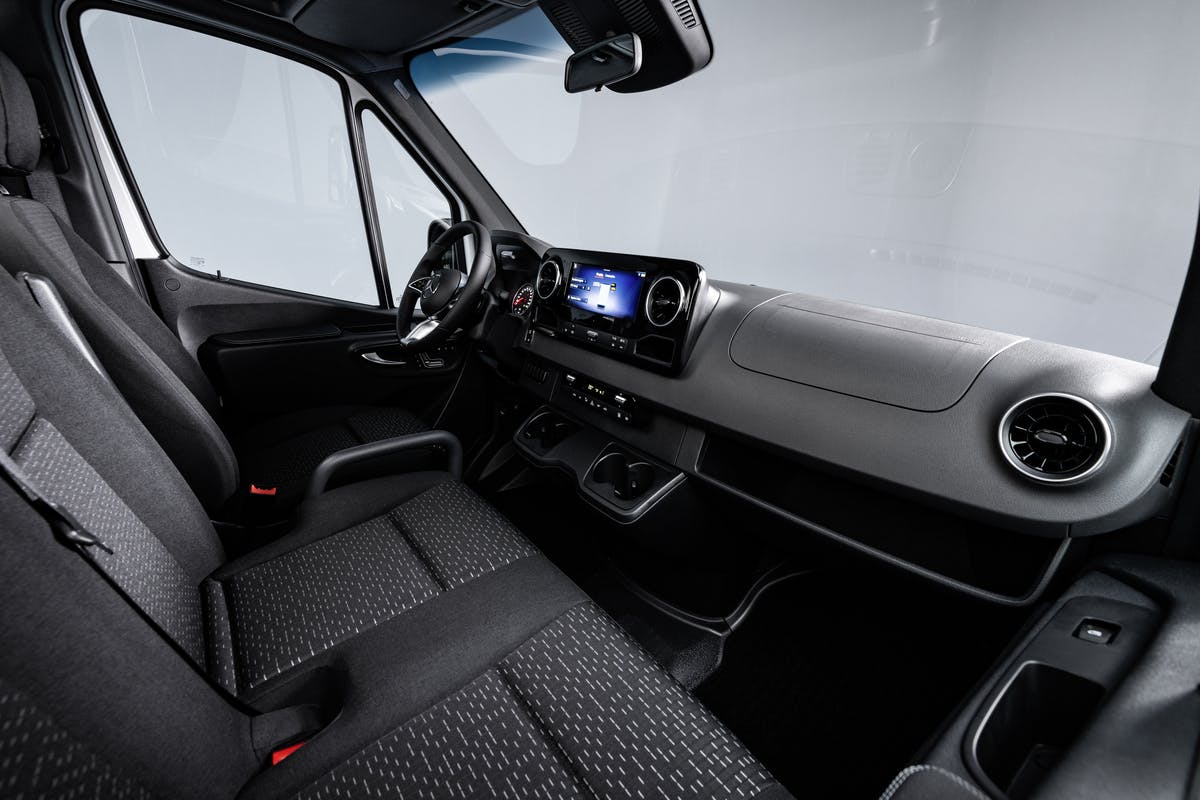


On these E-vans/ E-sprinters/ E-postal delivery vehicles, why don’t they make the entire roof/ hood etc. out of a flexible PV skin? That way it’s always charging when the sun is up? Free ‘green’ energy! And have a panel you can set up beside the vehicle that charges, aim it at the sun and you are off grid charging. Sitting there not running- it’s charging, driving down the highway in the sun, it’s charging!
I like the idea and it is certainly an area to work towards, but flexible film PV is among the lowest in efficiency and therefore highest $/kWh. The roof and hood covered in flexible PV will not produce much. The societal economic analysis would look at the life of project levelized $/kWh from a large scale PV facility minus T&D losses and minus vehicle charger levelized cost and conversion losses. Further, if you are a vehicle manufacturer, are you ready to warrant premature film failure (from water intrusion, cell failure, damage from atmospheric fallout, etc)?
Given Hennessy’s past proclivity for taking customer’s money and not giving them final results would lead me to look elsewhere for a tuned Corvette. I wonder if all of their legal troubles are behind them.
Every time I listen to Jim Farley, I expect him to break into ‘…and I live in a van down by the river.’.
The Hennessy C8 seems pricey for what you get. I’d rather have a Z06.
If I were ever to find myself utilizing all 480HP and 465ft/lbs. and still needing more I would go for a Z06 rather than spend $30k+ to over stress my short block, no matter what their warranty says.